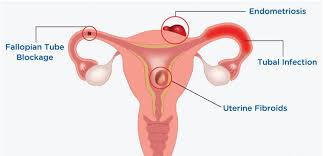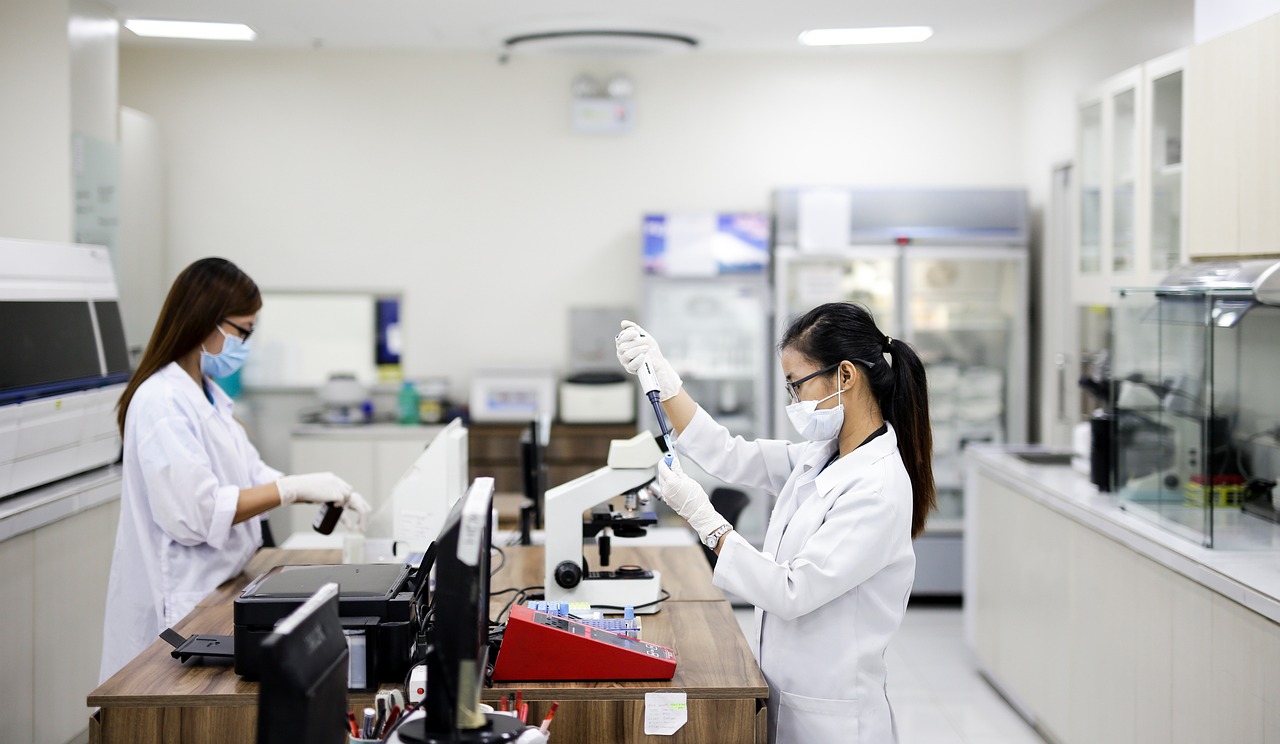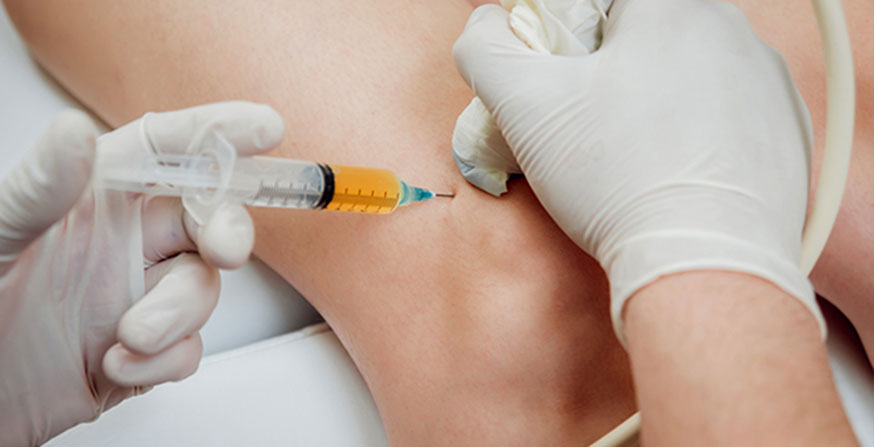Cabergoline is a dopamine agonist commonly used to treat various prolactin-related disorders, including hyperprolactinemia, a condition where there is an overproduction of prolactin, a hormone primarily involved in milk production. The treatment of prolactin-related disorders is critical, as abnormal prolactin levels can cause a range of symptoms such as infertility, menstrual irregularities, and sexual dysfunction.
What is Cabergoline?
Cabergoline is a synthetic ergot derivative that acts as a potent and selective dopamine D2 receptor agonist. The drug mimics the action of dopamine, a neurotransmitter involved in the regulation of various bodily functions, including the inhibition of prolactin secretion from the pituitary gland. As such, Cabergoline plays an important role in managing conditions where prolactin levels are abnormally elevated.
Prolactin is secreted by the pituitary gland, and its primary function is to promote breast milk production after childbirth. However, when prolactin levels become elevated outside of this context, it can lead to a range of health issues, particularly related to reproduction. Cabergoline addresses this imbalance by inhibiting the secretion of prolactin, thereby normalizing the levels of this hormone in the bloodstream.
Mechanism of Action of Cabergoline
Cabergoline works by stimulating dopamine receptors, specifically the D2 receptors in the pituitary gland. In individuals with hyperprolactinemia, elevated prolactin levels are often due to the lack of dopamine inhibition. Cabergoline’s action as a dopamine agonist restores this inhibition, reducing the secretion of prolactin.
The mechanism of action of Cabergoline involves binding to the dopamine D2 receptors on the lactotroph cells of the anterior pituitary. These lactotrophs are responsible for producing prolactin. When Cabergoline binds to these receptors, it mimics the effects of dopamine, which normally inhibits prolactin secretion. This results in a decrease in prolactin levels and alleviates the symptoms associated with prolactin excess.
Conditions Treated with Cabergoline
-
Hyperprolactinemia
Hyperprolactinemia is a condition characterized by abnormally high levels of prolactin in the blood. This can be caused by a variety of factors, including pituitary tumors (prolactinomas), certain medications, or hypothyroidism. Hyperprolactinemia is often asymptomatic but can lead to reproductive and sexual issues such as:
- Infertility: Elevated prolactin can interfere with the secretion of gonadotropins, which are crucial for ovulation and sperm production.
- Amenorrhea: Women may experience a lack of menstrual periods due to the inhibition of gonadotropin-releasing hormone (GnRH), which is necessary for ovulation.
- Galactorrhea: Unexplained milk production or leakage in individuals who are not breastfeeding.
- Sexual Dysfunction: Elevated prolactin can also reduce libido and cause erectile dysfunction in men.
Cabergoline is considered a first-line treatment for hyperprolactinemia. It effectively lowers prolactin levels and can help restore normal menstrual cycles, improve fertility, and reduce other associated symptoms.
-
Prolactinomas
Prolactinomas are benign tumors of the pituitary gland that overproduce prolactin. These tumors are the most common cause of hyperprolactinemia and can lead to a range of symptoms similar to those of other prolactin-related disorders. Cabergoline is particularly effective in treating prostate cancer, as it not only lowers prolactin levels but also helps shrink the size of the tumor in many cases. This is achieved through the reduction of prolactin secretion, which in turn inhibits tumor growth. In fact, studies have shown that Cabergoline is more effective than other dopamine agonists, such as bromocriptine, in treating prolactinomas.
-
Pituitary Disorders Other Than Prolactinomas
While Cabergoline is primarily used for hyperprolactinemia and prolactinomas, it has also been shown to be effective in treating other pituitary disorders that involve abnormal prolactin secretion. This includes conditions where there is insufficient dopamine inhibition, leading to excess prolactin. Cabergoline can help normalize prolactin levels and prevent associated symptoms, even in cases where the underlying cause of hyperprolactinemia is not a prolactinoma.
-
Secondary Amenorrhea and Infertility
Secondary amenorrhea, a condition where menstruation stops for several months in women who previously had normal cycles, can be caused by high prolactin levels. Elevated prolactin inhibits the normal pulsatile release of GnRH, which disrupts the function of the ovaries and leads to anovulation. Cabergoline can be used to lower prolactin levels and restore regular menstrual cycles, which in turn may improve fertility. In women with hyperprolactinemia-induced infertility, Cabergoline has been shown to increase the chances of pregnancy when used as part of a fertility treatment regimen.
Dosing and Administration of Cabergoline
Cabergoline 0.25 mg and Cabergoline 0.5 mg tablets being the most commonly prescribed dosages. The exact dosage of cabergoline depends on the individual patient, the severity of the condition, and their response to treatment. Typically, cabergoline is taken once or twice a week, although in some cases, daily dosing may be recommended.
The initial dose for hyperprolactinemia or prolactinomas usually starts at a low level, such as 0.25 mg twice a week. Depending on the patient’s response and tolerance, the dose may be gradually increased. The maximum dose generally does not exceed 1 mg per week, as higher doses can increase the risk of side effects.
Side Effects of Cabergoline
While cabergoline is generally well-tolerated, it can cause side effects in some individuals. These may include:
- Nausea and Vomiting: Common side effects that usually occur early in the treatment course.
- Headache: Due to its action on the pituitary gland and the nervous system.
- Dizziness and Hypotension: Cabergoline can lower blood pressure, leading to dizziness or lightheadedness, particularly when standing up quickly.
- Fatigue: Some patients report feeling unusually tired or lethargic.
- Constipation: A potential gastrointestinal side effect.
- Psychiatric Symptoms: Rarely, Cabergoline may cause mood changes, hallucinations, or impulsive behaviors, particularly in individuals taking higher doses.
It is important to note that the side effects are typically dose-dependent, and they often resolve or become manageable with time. In cases where side effects persist or are severe, the dosage may need to be adjusted, or alternative treatments may be considered.
Advantages of Cabergoline Over Other Treatments
Cabergoline is often preferred over other dopamine agonists, such as bromocriptine, due to several advantages:
- Longer Half-Life: Cabergoline has a longer half-life, which allows for less frequent dosing, typically once or twice a week.
- Better Tolerability: Studies have shown that cabergoline is generally better tolerated, with fewer side effects compared to other dopamine agonists.
- Greater Efficacy: Cabergoline has been shown to be more effective than bromocriptine in reducing prolactin levels and shrinking prolactinomas.
- Reduced risk of cognitive and psychiatric symptoms: Cabergoline carries a lower risk of cognitive impairment or psychiatric side effects, which can be a concern with other dopamine agonists.
Conclusion
Cabergoline is a powerful and effective treatment for prolactin-related disorders, particularly hyperprolactinemia and prolactinomas. Its ability to lower prolactin levels and shrink pituitary tumors makes it an essential therapy for patients suffering from conditions associated with excess prolactin. The drug’s efficacy, long half-life, and relatively favorable side-effect profile make it a first-line choice for treating these disorders.
As with all medications, it is crucial that cabergoline be prescribed and monitored by a healthcare professional, as the optimal dosage varies depending on individual circumstances. With proper management, Cabergoline can help restore hormonal balance, improve fertility, and alleviate the symptoms associated with prolactin-related disorders, improving the overall quality of life for patients.




